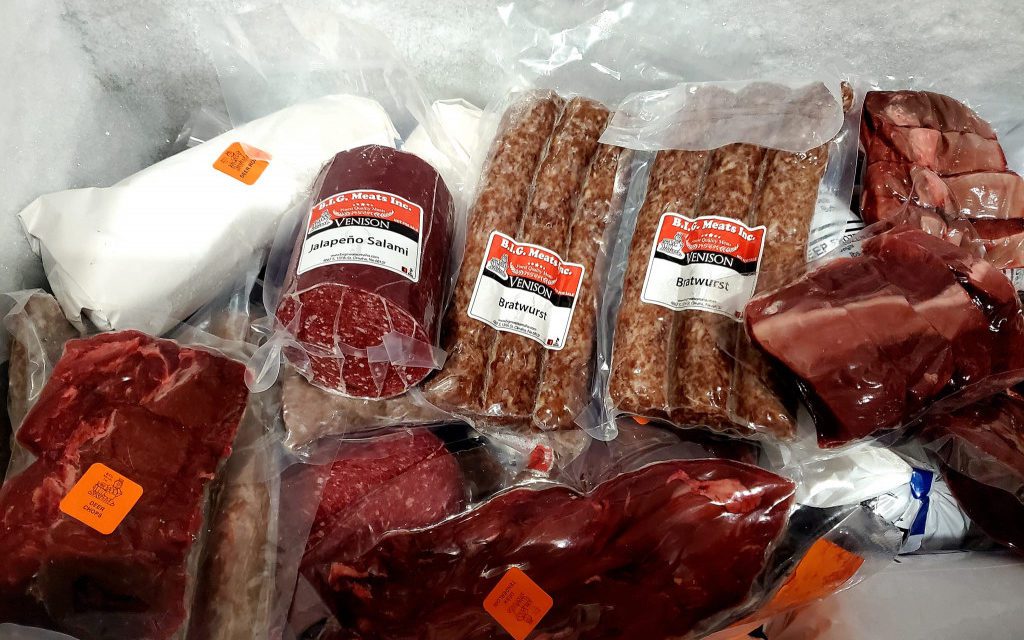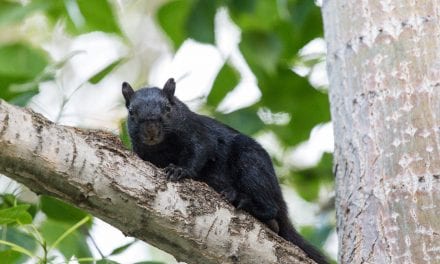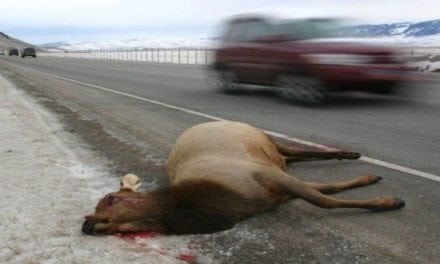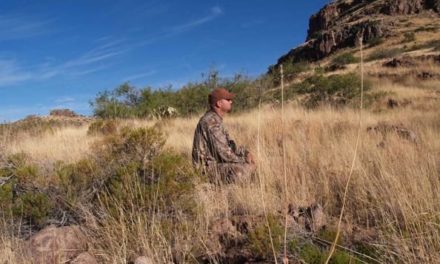If there ever was a time to share your harvest as a hunter, it is now!
With the impacts of the coronavirus and higher meat prices, folks are struggling.
There are people around you that are in need of healthy protein.
Enter wild game. YOUR wild game. In your freezer, that is.
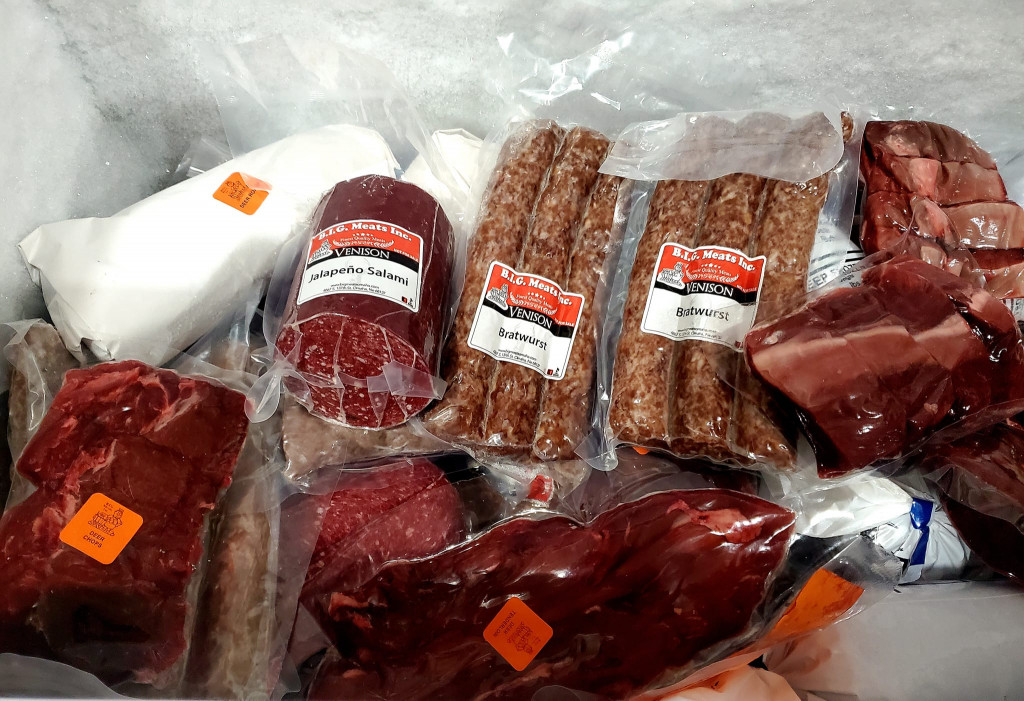
Don’t you agree with me that it is the time to help unite our nation by reaching out to your neighbor with a friendly gesture — a gift of nutritious wild food? I certainly do!
With Nebraska’s 2021-2022 hunting seasons having ended or being close to ending, many of us who hunt probably have a good supply of wild game meat in our freezers. That bounty of wild game meat offers an opportunity to share some healthy protein and even enlighten people about the hunting lifestyle that you and I thoroughly enjoy!
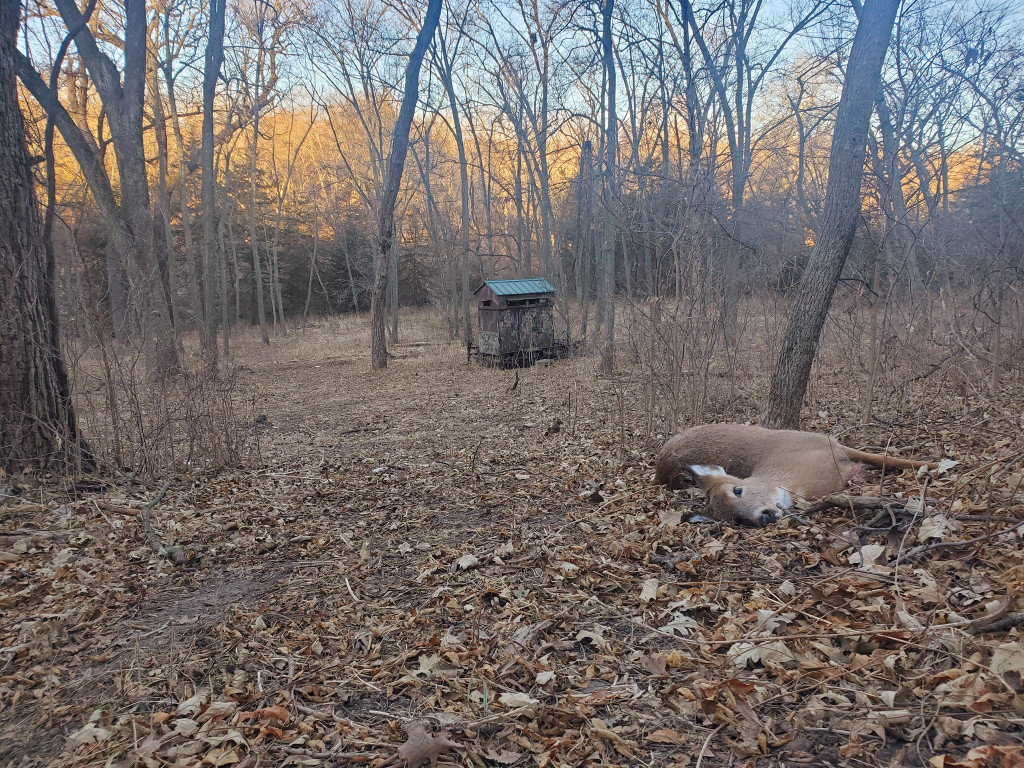
As hunters, we get a lot from nature every season through new memories, insightful lessons, lasting friendships, doing wildlife conservation and management work, and of course, reaping the reward of delicious meat! Therefore, it’s fitting that we give back and honor those game animals or birds on someone else’s grill, smoker, roaster or frying pan, right?
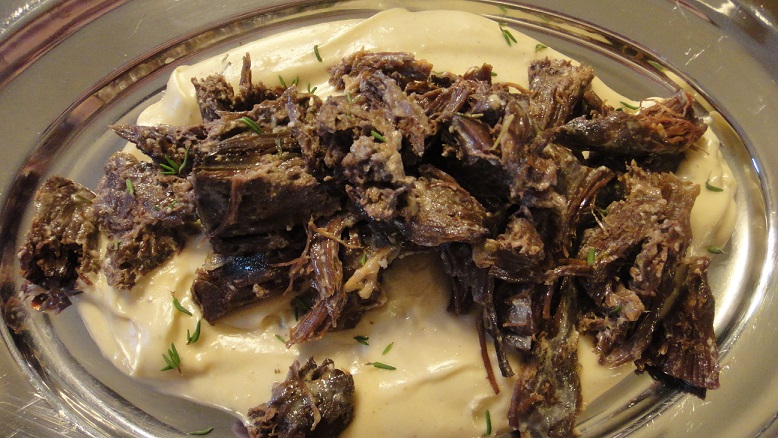
Consider how much joy hunting has brought your life. Wouldn’t it be amazing to give someone else a still-wild treasure from the great outdoors?
By giving away some of your tasty wild game meat, you will be breaking down stereotypes in the lifestyle of hunting as well.
What I continually find is that some individuals are fearful of preparing, cooking and more so, eating wild game. I hear them say they don’t know how to cook it and just don’t care for the “wild taste” of it. Comments such as: “It’s gamey tasting” or “it’s dry and tough” are all too common.
Still others do not like the idea of eating a wildlife species for which they have a particular fondness. Maybe they believe industrial meats are safer or healthier to eat than a meal processed in a hunter’s kitchen?
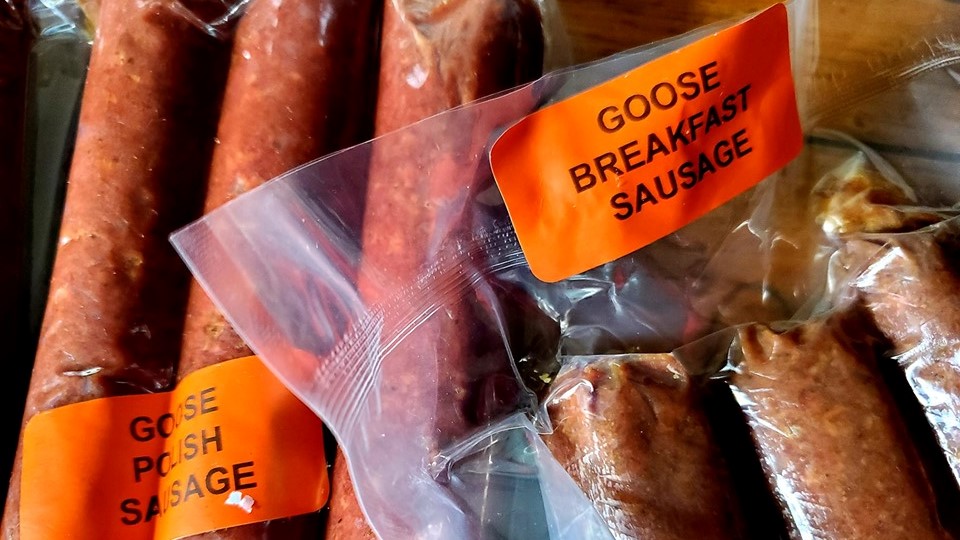
For some, these comments and attitudes are enough to push aside any wild game dish beyond their beloved beef, pork, chicken, turkey or Tofu. And that’s a shame! Preparing scrumptious wild game dishes is really as simple or complex as each individual cook cares to make it. Almost any recipe can be adapted to fit wild game!
Interestingly though, a survey in Michigan showed people who had never tried wild game meat said they hadn’t had the chance to do so because they lacked connections with hunters. Researchers also found women were just as likely as men to eat game.
But keep in mind social media networks now play a really big role in the distribution of wild game meat because there is no legal market, since wild-harvested game meat cannot be sold legally in the United States. It all boils down to knowing someone who is a successful hunter, so check your social media channels or online programs available like the Nebraska Game and Parks Commission’s Deer Exchange where hunters wanting to donate deer meat can connect with those folks looking to receive some.
What’s also interesting about game meat is that more and more people are joining locavore movements (local food movements) and learning about sustainable practices such as acquiring and sourcing, clean, free-ranging meat; thus wild game is becoming more liked than ever.
Whole Foods’ popularity and knowing the origin of the food we consume are just two examples behind the trend toward healthier, more natural food. In response, there are now butcher shops that only sell locally raised, grass-fed, hormone-free meat. More people are coming to see the advantages of hunting for this reason because nothing is more healthy and renewable than wild game meat. Compared to their industrially raised counterparts, game birds and animals also have a relatively small environmental footprint!
Furthermore, research now shows there are positive climate effects of harvesting wild game for consumption. Managing populations of game at sustainable levels by means of legal hunting helps improve the quality of habitat and allows important forage plants to better endure any drought stresses or weather extremes exacerbated by climate change.
Consider that we are surrounded by people who are important to our hunting lifestyle. Landowners, family members, friends, neighboring property owners, even co-workers are on this endless list. As a hunter, use your success in the field to be kind to others and present them the gift of wild game, especially if they are looking for meat to eat. I would even go as far as preparing an entree, doing a ‘doorstep drop off’ and including the recipe with it. I love the term “Venison Diplomacy” coined by Steven Rinella, host of the popular TV show MeatEater, as a way he reaches out to non-hunters. Food is always good ice-breaker and it honors the animal to share it.
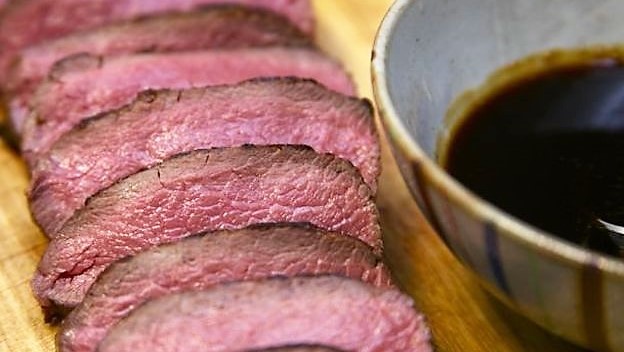
Did you know that the very history of our country, the United States of America, was founded on sharing wild game? It was. From that first Thanksgiving feast of deer, wild turkey, waterfowl and other game meats shared between Native Americans and Plymouth colonists. The sharing of wild game among folks stretched to the Manifest Destiny of the great migration west. The frontier was fed with America’s wild bounty, including bison, elk, deer, pronghorn and small game such as squirrels and rabbit, along with the varied abundance of wild birds found from the hills of Appalachia to the prairies of Nebraska to the mountains of the Sierra range.
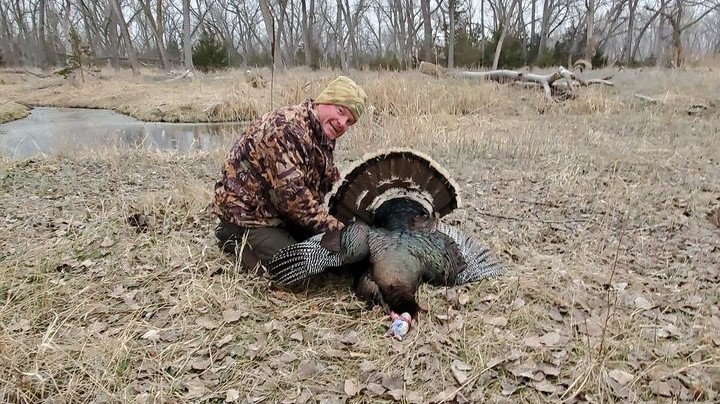
Think about it. How often do you share your hunting season harvest with friends, family or co-workers or those who may not hunt themselves? Doing so may provide the outlet to open a discussion about the benefits of hunting to help educate non-hunters.
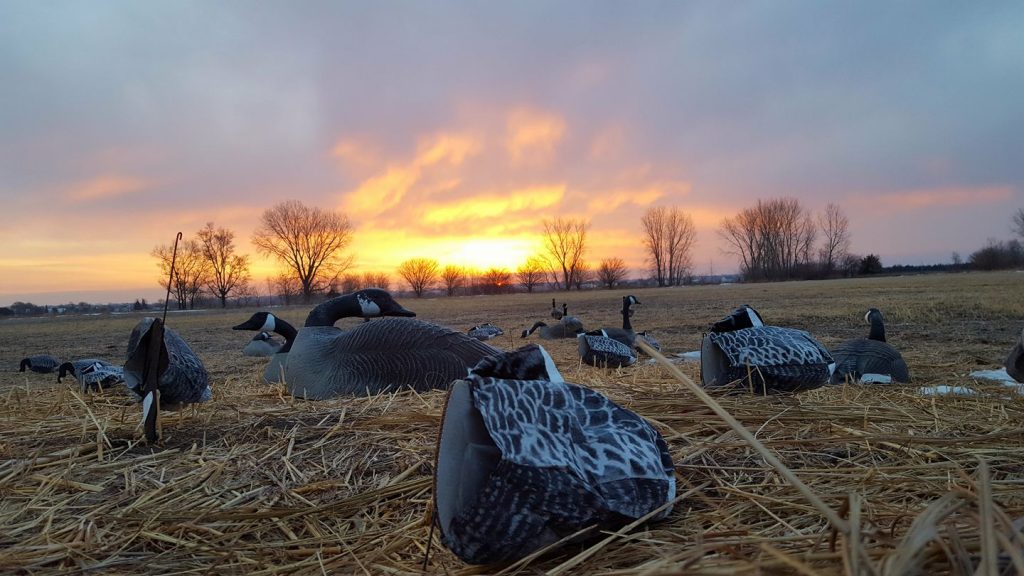
Point out the fact that acquiring healthy, free-ranging, environmentally-friendly protein remains one of the main reasons regarding why people hunt today.
So, will you, the hunter, attempt to share game and goodwill with someone who could use a bit of both?
*IMPORTANT WILD GAME FOOTNOTES: Please know that it is unlawful to sell or trade the meat of any game bird or game animal. Also, any person transferring game, fish, or parts thereof to another person must provide a custody tag. The tag has to remain with the game until it is consumed. The owner needs to provide specific information and a signature. You can download game custody tag forms here.
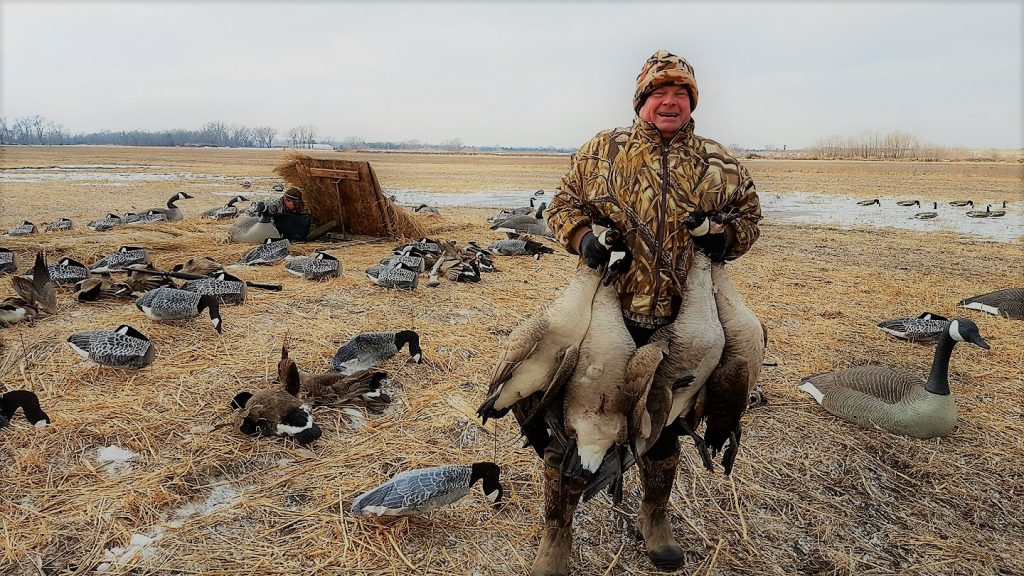
The post Hunters: Share Your Harvest! appeared first on Nebraskaland Magazine.

